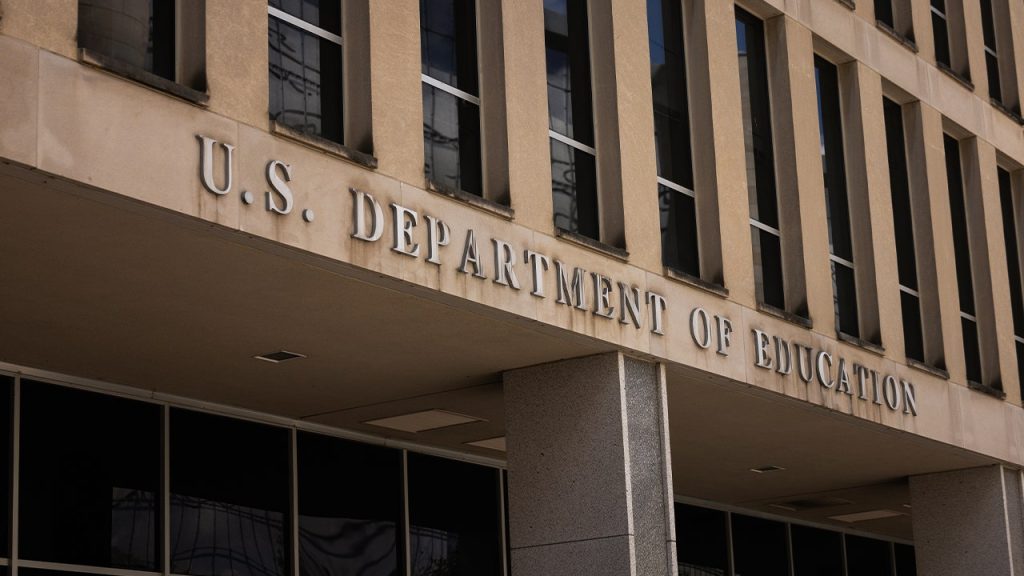The Department of Education’s Office for Civil Rights (OCR) issued guidance clarifying the intersection of Name, Image, and Likeness (NIL) compensation and Title IX compliance. The guidance, presented in a nine-page memo, emphasizes the importance of ensuring equal opportunity for student-athletes regardless of sex, even in the context of NIL deals. The core principle is that NIL compensation provided by the school itself is considered “athletic financial assistance” under Title IX, requiring equitable distribution between male and female athletes. This classification stems from Title IX’s broad definition of athletic financial assistance, encompassing any aid linked to a student’s athletic participation, not just scholarships or grants.
However, the guidance extends beyond school-provided NIL compensation, acknowledging the potential for disparities arising from private sources like booster clubs or individual donors. The OCR emphasizes that even if funds originate privately, schools bear the responsibility to ensure non-discriminatory treatment of all student-athletes. The memo highlights the possibility of NIL agreements with third parties creating similar disparities, triggering Title IX obligations for the school. Recognizing the complexity and evolving nature of NIL deals, the guidance refrains from offering specific rules for third-party NIL agreements, stating that Title IX application in this context requires a fact-specific inquiry. This means that schools must carefully analyze the impact of NIL deals on gender equity within their athletic programs.
The guidance further elucidates the nuanced relationship between NIL deals, private funding, and Title IX compliance. While acknowledging the school’s responsibility to prevent discrimination even with private funding, it stops short of providing concrete guidance on how to navigate the complexities of third-party NIL agreements. This cautious approach is attributed to the varied and evolving nature of NIL deals, highlighting the need for case-by-case assessment. The OCR’s message is clear: schools must proactively monitor NIL activities and address any gender disparities that may arise, even if the funding originates from external sources.
The memo’s focus on potential disparities stemming from third-party NIL agreements underscores the challenges faced by schools in ensuring Title IX compliance in this new era of college athletics. The OCR recognizes that while schools may not directly control these agreements, they remain responsible for maintaining an equitable environment for all student-athletes. This puts the onus on institutions to develop comprehensive strategies to monitor and address potential gender imbalances resulting from NIL activities. The lack of specific guidelines for third-party NIL deals reflects the rapidly evolving landscape and the need for flexible and adaptive approaches to compliance.
The OCR’s guidance serves as a reminder of the overarching principle of Title IX: to guarantee equal opportunities for all student-athletes, irrespective of their gender. The memo’s emphasis on school responsibility, even in the context of privately funded NIL deals, highlights the importance of proactive monitoring and intervention. While the guidance avoids prescribing specific rules for third-party NIL agreements, it underscores the need for institutions to develop tailored strategies to address potential gender disparities. The evolving nature of NIL deals and the complexity of Title IX compliance necessitate a vigilant and responsive approach from educational institutions.
This guidance comes under the current administration, and with the upcoming change in leadership, potential shifts in policy direction are anticipated. This adds another layer of complexity to the already intricate landscape of NIL and Title IX compliance. Schools must not only navigate the current guidance but also prepare for potential changes in interpretation and enforcement under the new administration. This necessitates a flexible and adaptable approach to NIL oversight and a commitment to ensuring gender equity in the evolving world of college athletics.

